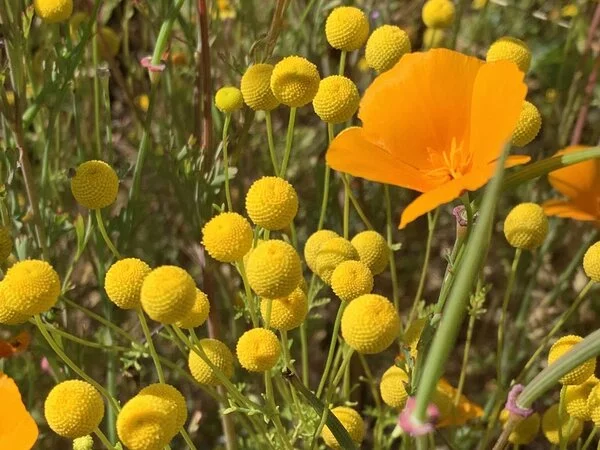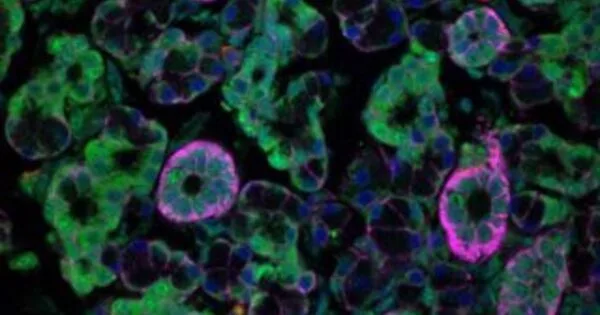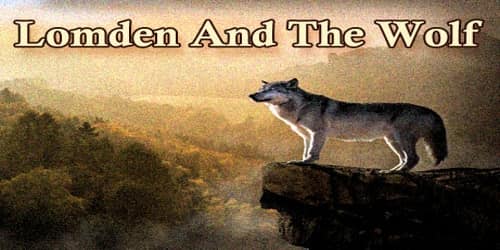Prescribed burns are a common land management practice that aims to reduce the risk of uncontrolled wildfires, promote ecosystem health, and restore natural habitats. While prescribed burns have several advantages, it is possible that they will release compounds or substances that will cause temporary odors.
Though prescribed burns reduce wildfire threats and even improve habitat for some animals, new research indicates that they also spread stinknet, an aptly named weed that is currently invading superblooms across the Southwestern United States.
Stinknet, also known as globe chamomile, is a South African native that is frequently seen in photographs of California’s colorful superblooms. “Not all flowering plants are indicative of a healthy ecosystem,” said Loralee Larios, assistant botany professor at UC Riverside and co-author of the study. “This one isn’t.”
Aside from the unpleasant odor, each of its tiny yellow ball-shaped flowers can contain hundreds of seeds. It crowds out native plants on which endangered local animals rely as it spreads across entire parks.
Options could include pulling patches of remaining stinknet out of the ground by hand, or doing something called solarizing, where you put a dark tarp on an area to heat and kill any remaining seeds underneath. As a last resort they could use herbicides.
Loralee Larios
The invader also degrades the soil’s overall health. In some cases, if an invasive plant alters the landscape sufficiently, the soil can release stored carbon into the atmosphere, hastening the negative effects of climate change.
For these reasons, the researchers examined how stinknet spreads more closely. After a prescribed burn, they discovered that many unburned patches of stinknet remain in otherwise bare ground, free of competition from other plants. “In fact, patches of stinknet left over after a burn create focal points for more invasions,” Larios explained.
This discovery is described in detail in the journal Restoration Ecology. To obtain it, the researchers observed plant behavior on a burned plot of land in Lake Perris State Park in Southern California. Over a two-year period beginning in 2020, they discovered that unburned stinknet patches had twice the number of viable seeds as areas that were completely burned and had no leftover stinknet.
Singed patches appear to create favorable microclimates for stinknet, creating soil temperature, light, and moisture conditions that aid in its spread.

Furthermore, they discovered that reintroducing native plant seeds into the burned area did not significantly increase the presence of native species. “Stinknet likely releases chemicals through its roots that kill soil fungi essential for native plant growth,” said lead study author Stuart Schwab, a doctoral candidate in plant sciences at UCR.
The researchers do not recommend that land managers discontinue prescribed burns because they provide so many benefits to the landscape, including the removal of highly flammable invasive grasses. Rather, they advocate for more targeted secondary stinknet treatments following burns.
“Options could include pulling patches of remaining stinknet out of the ground by hand, or doing something called solarizing, where you put a dark tarp on an area to heat and kill any remaining seeds underneath,” Schwab said. “As a last resort they could use herbicides.”
Going forward, the research team would like to conduct similar studies to understand how fire impacts the spread of other invasive species. In the meantime, hikers and nature lovers can do a lot to help stop stinknet spread. “Clean your boots if you go on hikes. That’s a major vector,” Schwab said. “The seeds are less than a millimeter wide. They’re tiny specks and easy to miss. Just brushing your shoes periodically can really minimize how far they travel.”
Finally, the researchers want non-scientists to feel empowered in their efforts to reduce the impact of plants such as stinknet on local ecosystems. “The vast majority of invasive plants were discovered by non-scientists.” Undergraduates at UC Riverside were the first to discover stinknet, according to Larios. “It is critical to share with others through sites like iNaturalist!” Researchers cannot cover that much ground on their own.”
















